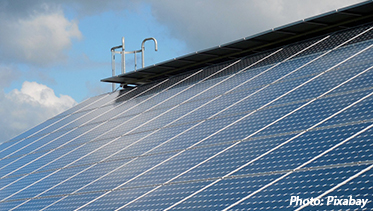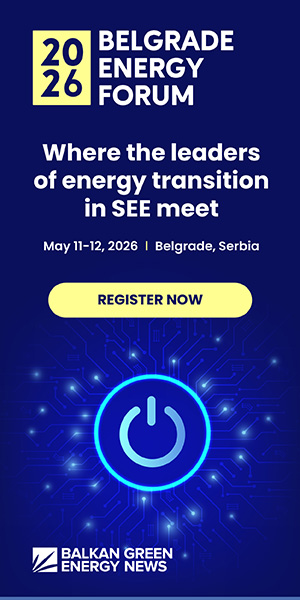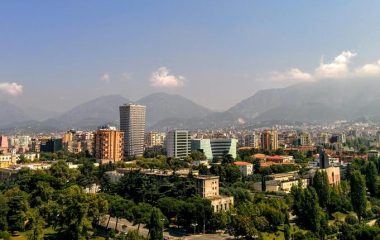
Researchers from the University of Cyprus and Cyprus University of Technology, along with colleagues from the University of Crete in Greece, have conducted a comprehensive investigation on how various structural and electronic parameters affect a phenomenon called Förster resonant energy transfer (FRET) in structures of nitride quantum wells with lightemitting polymers, Phys.org news service reported.
Based on their studies, the scientists discuss the process to optimize the energy transfer process and identify the limitations and implications of the Förster mechanism in practical devices. The work demonstrates the importance of understanding FRET in hybrid structures that could pave the way for developing novel devices such as high-efficiency LEDs and solar cells. The researchers presented their work in a paper published in the Journal of Chemical Physics.
Hybrid optoelectronic devices based on blends of hard and soft semiconductors can combine the properties of the two material types, opening the possibility for devices with novel functionality and properties, such as cheap and scalable solutionbased processing methods. However, the efficiency of such devices is limited by the relatively slow electronic communication between the material components that relies on charge transfer, which is susceptible to losses occurring at the hybrid interface, the report said.
FRET was recently theoretically predicted and experimentally observed in hybrid structures combining an inorganic quantum well with a soft semiconductor film. Förster resonant energy transfer is a radiationless transmission of energy that occurs on the nanometer scale from a donor molecule to an acceptor molecule. The process promotes energy rather than charge transfer, providing an alternative contactless pathway that avoids some of the losses caused by charge recombination at the interface.
“Pioneering theoretical and experimental work has demonstrated that energy can be efficiently transferred across hybrid semiconductors via the Förster mechanism. However, our understanding is not complete and many material and structural parameters affecting FRET in such hybrids remain unexplored. Our work employs for a first time a comprehensive approach that combines fabrication, theoretical modeling and optical spectroscopy to fully understand FRET in a nitride quantum wellpolymer hybrid structure,” said Grigorios Itskos, the primary researcher and an assistant professor from the Department of Physics at the University of Cyprus.




















